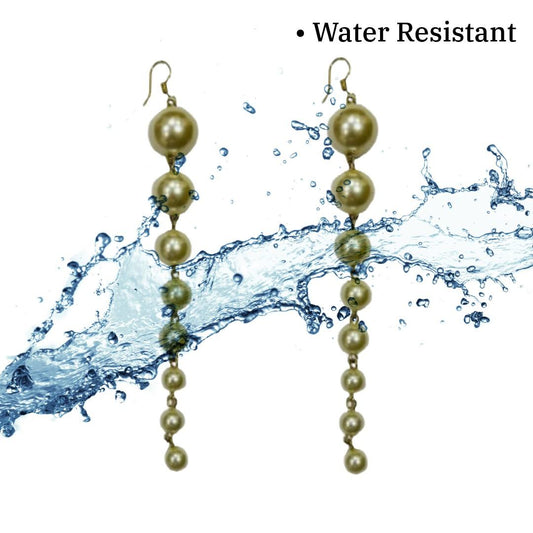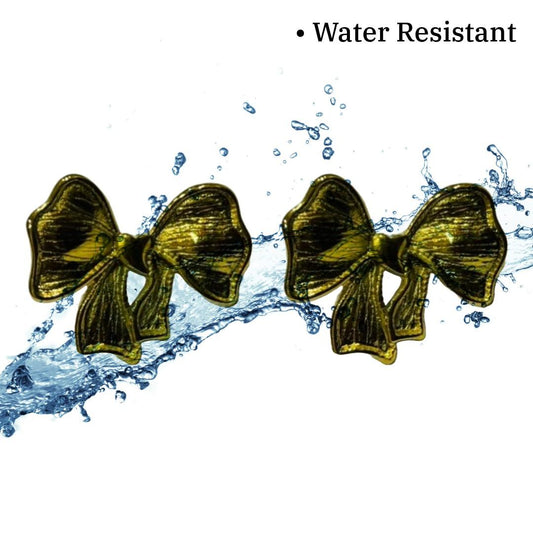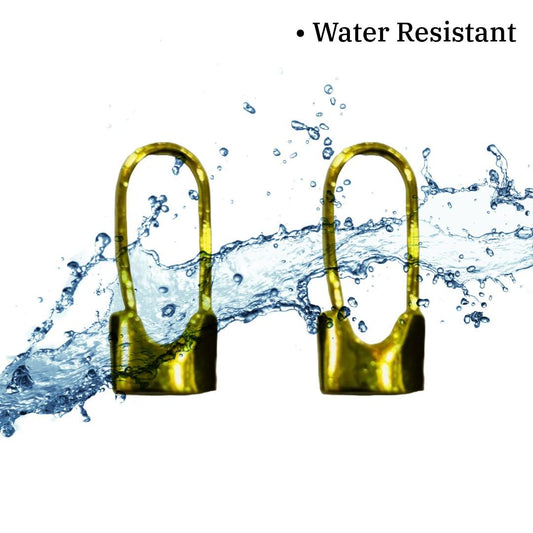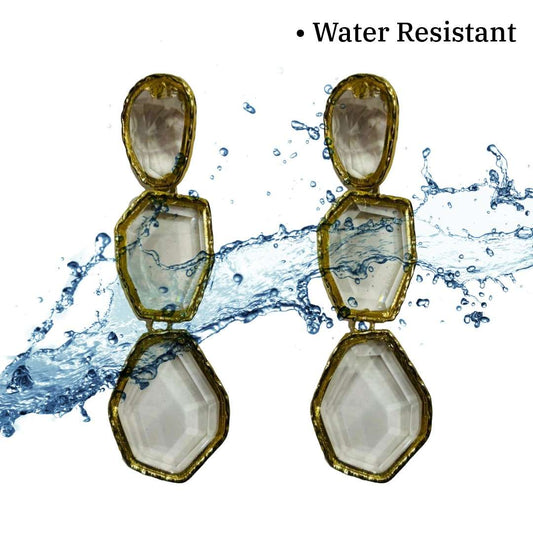Introduction:
While getting your ears pierced can be an exciting experience, it's essential to be aware of the risk of infection that can occur during the healing process. An infected ear piercing can cause discomfort, swelling, redness, and even pus discharge. In this comprehensive guide, we'll explore the causes, symptoms, and treatment options for infected ear piercings, empowering you to address infection and promote healing for a comfortable piercing experience.
-
Causes of Infection:
Several factors can contribute to an infected ear piercing:
- Poor Hygiene: Failure to clean the piercing site properly or touching the piercing with dirty hands can introduce bacteria and lead to infection.
- Low-Quality Jewelry: Using earrings made from inferior materials or containing nickel can irritate the piercing site and increase the risk of infection.
- Trauma or Injury: Accidental trauma or injury to the piercing site, such as tugging on the earrings or sleeping on the pierced ear, can disrupt the healing process and predispose the piercing to infection.
- Improper Aftercare: Neglecting proper aftercare practices, such as cleaning the piercing regularly or changing the earrings too soon, can impede healing and create an ideal environment for bacterial growth.
-
Symptoms of Infection:
It's essential to recognize the signs of an infected ear piercing:
- Redness and Swelling: The piercing site may appear red, swollen, and tender to the touch.
- Pain and Discomfort: You may experience pain, itching, or burning sensations around the piercing site.
- Discharge: Pus or fluid may drain from the piercing, indicating an infection.
- Fever: In severe cases, you may develop a fever or experience flu-like symptoms.
-
Treatment Options:
If you suspect that your ear piercing is infected, it's essential to take prompt action to address the infection:
- Clean the Piercing: Gently clean the infected piercing twice a day with a saline solution or mild soap and water to remove debris and bacteria.
- Apply Warm Compresses: Apply warm compresses to the infected area to help reduce swelling and promote drainage of pus.
- Avoid Removing Earrings: While it may be tempting to remove the earrings, doing so can trap bacteria and worsen the infection. Instead, leave the earrings in place to allow for proper drainage.
- Seek Medical Attention: If the infection does not improve within a few days or if you develop a fever, seek medical attention promptly. Your healthcare provider may prescribe antibiotics to treat the infection and prevent complications.
Conclusion:
Dealing with an infected ear piercing can be uncomfortable and frustrating, but with proper care and treatment, you can promote healing and prevent complications. By understanding the causes and symptoms of infection and taking proactive steps to address it, you can ensure a comfortable and successful piercing experience. Remember to prioritize proper aftercare practices and seek medical attention if you suspect an infection to promote healing and enjoy your new piercings with confidence.
At JEWELLERY HAT, we dedicate ourselves to producing products of unsurpassed quality. Committed to excellence, we use only the best materials and employ experienced artisans to craft each piece of jewellery by hand. This product adheres to these strict standards, providing assurance of its superior quality.
If you want to check out more of our jewellery, here is our shop link - www.jewelleryhat.com
Contact Us:
Do follow us and tag us if you happen to buy from us :-
Instagram - https://www.instagram.com/jewelleryhatofficial/
Facebook - https://www.facebook.com/jewelleryhatofficial
Contact Us - https://www.jewelleryhat.com/pages/contact-us
WhatsApp - 7017675567
Disclaimer / Note : We do not sell real gold, silver, pearl or diamond products.













